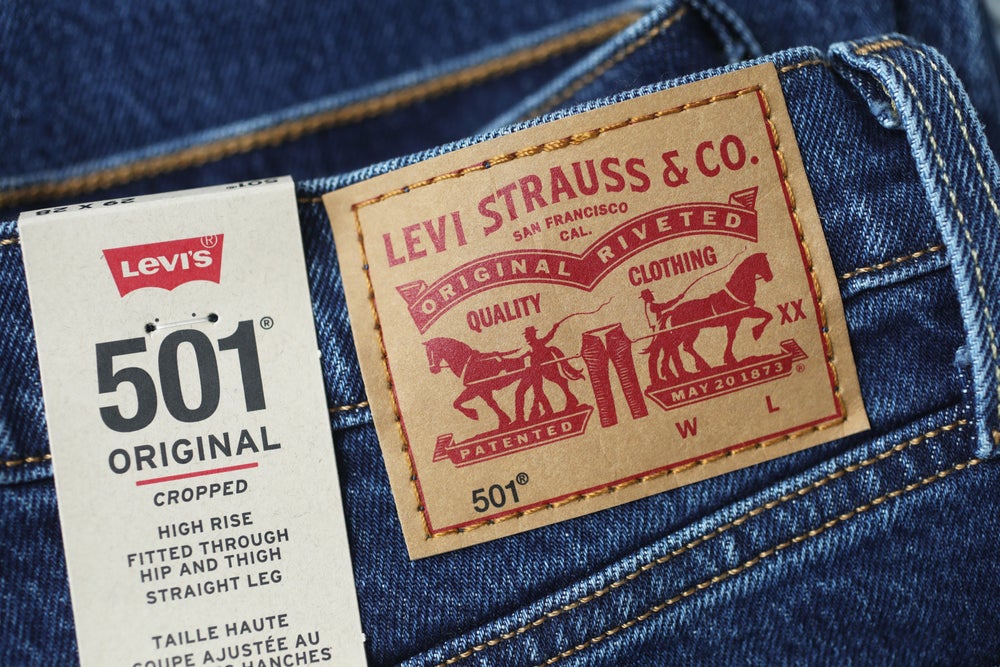
Resale offers fashion brands meaningful steps towards decarbonisation, according to a new report from resale platform provider Trove and software provider Worldly.
The researchers modelled five apparel brand archetypes and calculated the carbon footprint of 38 products, concluding that by 2040, resale initiatives have the potential to lower annual carbon emissions for these brands by 15-16%.
While this was true for most brand archetypes, according to the research, it was not the same for the fast fashion segment, which did not see carbon emissions fall using a resale platform.
According to the research, fashion brands can maximise the environmental benefits of their resale platform by increasing the value of their products in their secondary markets. Product durability and timeless style are key here, as well as low rejection rates.
Finally, the report also found that maximising control over resale programmes and used product revenue delivers the most greenhouse gas accounting benefits.
Speaking at a roundtable discussion on the findings at the Global Fashion Summit in Boston, US, Levi Strauss & Co’s head of global design innovation Paul Dillinger said that his company was “uniquely suited” to the resale market.
He explained that thanks to the longevity of the brand’s famous denim apparel, the brand is well-positioned to reduce its carbon footprint through resale. He explained: “At Levi […] our job is to create great future vintage products that will have appeal to the second consumer not just the initial consumer.”
This mindset means that Levi Strauss has to design with secondary consumers in mind – both in terms of the durability of materials and the lasting appeal of their designs. This ideal of ‘great future vintage’ is built into all the brand’s products.
In 2020, Levi Strauss launched a new store concept in the UK where worn denim can get a new lease of life thanks to customisation and repair services provided by in-house tailors. It also launched a secondhand scheme.
Andy Ruben, Trove’s founder and executive chair. added: “Some products hold a lot of their value – a designer handbag, a vintage Levi’s shirt from the 80s – those things hold their value based on the brand and the product.” Some products can even see an increase in price on the secondary market. This additional revenue could help apparel brands make money later on in a product’s lifecycle.
Being able to source additional revenue through resale is an important motivator for many fashion brands, particularly in the current economic climate. Dillinger explained that the call for more sustainable practices in today’s tough economic climate “is not an easy argument to make”, though he suggested that regulatory constraints might make this easier.
The panel also highlighted that offering a resale platform is key for tapping into younger audiences. Ruben explained that second-hand clothing is particularly popular with consumers in their twenties at the moment. “Vintage, resale, thrifting – those are the words that come up,” he said. “Anyone who’s not paying attention to that is going to risk brand relevance.”
The panel also considered fashion brands less well-suited to resale than Levi Strauss, with less longevity in their products, despite the new report’s modelling showing that this does not effectively reduce carbon emissions.
Last year, value clothing retailer Primark moved into the resale market in the UK through a partnership with the Vintage Wholesale Company and the Boohoo Group’s PrettyLittleThing brand launched a resale marketplace, offering consumers the ability to sell unwanted PLT products as well as third-party brand garments.
Dillinger said: “I think a lot of brands use [resale] as a communication platform to just sort of virtue signal.” He went further to say that this type of model is “intellectually dishonest” when the resale model does not quantify how it is reducing the production of new products.
“I think that the smart business models need to be really activated, possibly before the marketing campaign, rather than after,” he said. He compared the rush towards resale platforms to the recent surge in the use of fabrics with recycled components – which has in some cases resulted in less durable products.
Worldly’s senior director of product innovation JR Siegel added: “It’s incumbent upon all of us within the industry to think differently about how we drive revenue and what a sustainable business model looks like going forward.”
“Fortunately, a great pair of 501s or another pair of Levi’s jeans is going to potentially last longer and be more loved,” Dillinger added.



